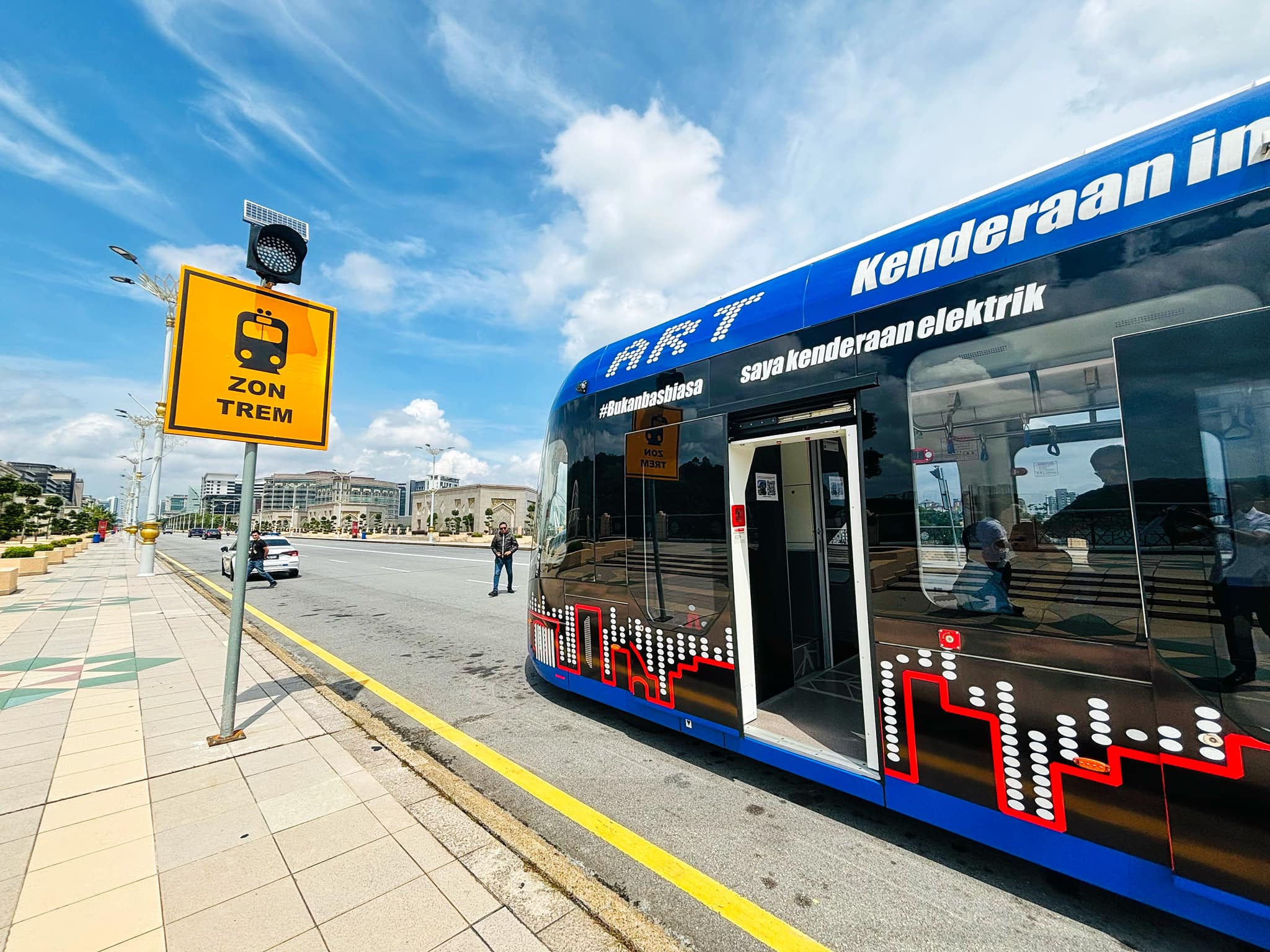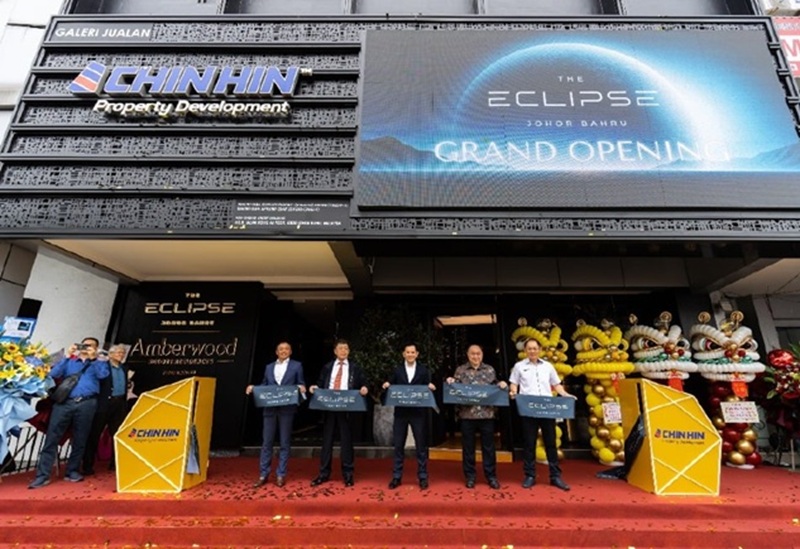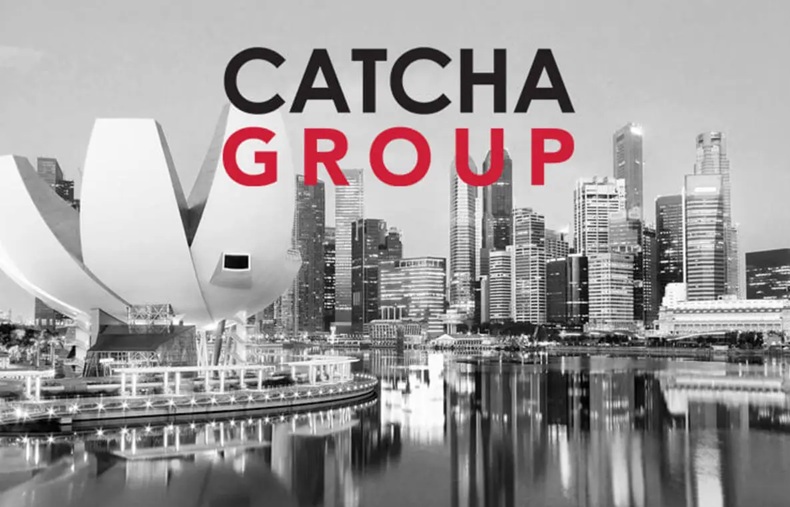
BY now, most Malaysians would’ve heard or seen the “trackless tram” roaming the streets of certain areas.
They are seen all over the country – down south in Johor, or even across the sea in Kuching, and very recently – traversing around Putrajaya.
Dubbed the “Autonomous Rapid Transit” or simply ART by the manufacturer, CRRC, it is described as a “rail-less” alternative to trams, as it is rubber-tyred.
It is also commonly described with its common name as a “trackless tram”: a tram, but without tracks – a concept easier to grasp and visualise than the official name given for the system.
The system in its current iteration sold by CRRC pitches the transit vehicle as being “autonomous”. It is not a strict sense of autonomy in transit terms, but rather follows a set
markings on the road via optical guidance and can tackle tighter turning radiuses than conventional articulated buses due to its dual drive trains fitted on both ends of the vehicle to steer.
This also allows the vehicle to be driven either forward or backwards, just like a tram or a train.
As much as its operations can be automated, in most cases however, a driver is required onboard due to regulatory requirements.
The vehicles often run on a dedicated space on a road’s median, where station infrastructure resembling a light rail of a tram stop picks up passengers.
Proponents often claim the lower infrastructure costs associated with trackless tram projects compared to equivalent light rail or tram projects, as rails are not laid and tarmac is instead used.
Additionally, the system does not require the need for overhead power lines to be installed as it can be battery-powered, which is another bonus for the system as it can be flexible to serve changing demand in the future without incurring expensive relocation costs.
The central theme to the benefits touted – money.
The discussion on cost-effectiveness and value for taxpayers are some of the key points brought upon the proponents of the trackless tram.
While many points attempt to morph its benefits to suit the context of Malaysia, there are few that do not adequately address some glaring issues with the technology, nor its long-term impact and consequences to our institutions and policy landscape. You’ve probably heard much of the advantages pandered, now it’s time to know the catch:
1.The weight of the vehicle is significantly heavier than a typical motor vehicle, even when empty. Weighing at 30 tonnes when empty, this is equivalent to a fully-loaded lorry. However, this can exceed up to 50 tonnes with passengers, which can cause significant rutting into the road where the rubber tyres of the vehicle had travelled, as they constantly move in the same place at high frequencies. This means that the vehicle can’t just run on every road and tarmac strengthening or a stronger material is needed to withstand the weight of the vehicle.
2.The proprietary nature of the technology would cause a supplier lock-in. Given how the current technology is solely offered by a single manufacturer, CRRC, this is a risk that operators would have to bear. Replacements and spare parts will be entirely dependent on the sole manufacturer due to the proprietary nature of transit vehicle and the set-up of the system, which is not a risk you want to carry if you want to have a resilient supply chain unless the technology is in a class of novelty that no other vehicle like it exists. Which leads to my next point.
3.The trackless tram is literally a bus with more sensors repackaged as a “tram”. The concept that CRRC is attempting to sell is to drive a bus reskinned to look like a tram while driving down on tram-like infrastructure, with dedicated guideways and median-running stops – creating a whole new category out of nothing. The primary technology promoted in the vehicle is nothing revolutionary – the earliest of such examples was employed at Rouen, France in 2001! (Castellón, Spain and Las Vegas, United States, had deployed such tech but had since withdrawn their systems, with the latter citing poor marking visibility). Even if you want the flavour of a “bus reskin” – there’s existing vehicles on the market that do not possess the proprietary tech that CRRC has, such as the Akia Metrobus, HESS lighTram, Van Hool Exquicity and AGG300. There are very few compelling arguments to be held once you remove the fancy sensors and the proprietary steering mechanisms that makes CRRC’s ART any special compared to, say, a conventional articulated bus offering.
4.It harmfully changes the perception of how people view transit – not as a tool of utility, but a tool of entertainment. Early impressions of the trackless trams shows that many would like to see them used as a tourist attraction. This has the unfortunate side effect of trying to primarily market the technology for tourism, which then makes people to see the venture via the lens of marketability and profitability, which does not go down well in Malaysia, given historical precedence with Malacca’s monorail venture, which today remains an eyesore among the city’s skyline.
5.It artificially raises the cost for local councils to implement good transit in a cost effective manner. With many local councils struggling to even fund existing bus services, with some having no bus services at all, trackless trams are now being pushed as the minimum bar for ‘quality transit’ and a must-have all while buses remain to have a negative connotation resulted from systematic under investment of being slow, infrequent, and poor quality.
This is evident in how the trackless tram is shown to be a ‘downgrade’ from a tram, while the systems that had installed optical guidance systems like in Rouen had presented themselves to be an upgrade from a bus.
One thing to look out for when politicians are weighting between ART, BRT, LRT, MRT or whatever three-letter acronym that comes next, is when ART/trackless trams are chosen: rarely, if ever, are they making a rational and informed decision on the nuances and different modes and their various strengths and capabilities, but rather they are purchased for the ‘tech’ because it’s the next ‘shiny new thing’ – the vehicle is designed more to impress as a show-piece rather than being an efficient form of transit.
All of these happen while simpler forms of transit such as buses are refused consistently of decent investments (until very recently) to improve service, which would bring in more ridership.
The campaign to attempt to promote the trackless tram technology is insidious in nature when existing transit, such as buses, are being sidelined for the untested technology – in a similar fashion how Elon Musk conceived the Hyperloop proposal in order to derail (literally) the proposal for a Californian High-Speed Rail, which is now under construction.
The collective lack of critical analysis into trackless trams and ARTs by various experts domestically is concerning given academia in Australia had been discussing about the merits of trackless trams as early as 2019.
In the meantime, be sceptical and remain vigilant on those who seek to promote the untested technology when existing systems such as buses, steel-wheel trams and trains exist.
Very rarely do you need to reinvent the wheel unless you are attempting to break an existing speed barrier (like what the Japanese are doing for Maglev on the Chuo Shinkansen), and even rarer do you need to reinvent it for cost-cutting reasons.
It is clear that proponents of trackless trams, while having the good intent for fiscal responsibility by the government of the day, fail to see how damaging the impact of the push for mainstream adoption of trackless trams are in the long-term – from a policy and technical perspective.
If you were to say, why would we trust what I have to say? And to that I say, you have a point! I had laid out the facts at hand – it is time for the proponents to do the same.
In the meantime, railway enthusiasts would know that the name of Kelana Jaya Line’s trains also consists of a similarly three-letter acronym but spelled differently, yet works far more efficiently and moves as many more people.
Maybe perhaps the names we attach to new technologies are just marketing terms after all? – Scoop Malaysia
The writer is a student-researcher based in Kuala Lumpur. His research domain focuses on transportation systems and urban planning.








